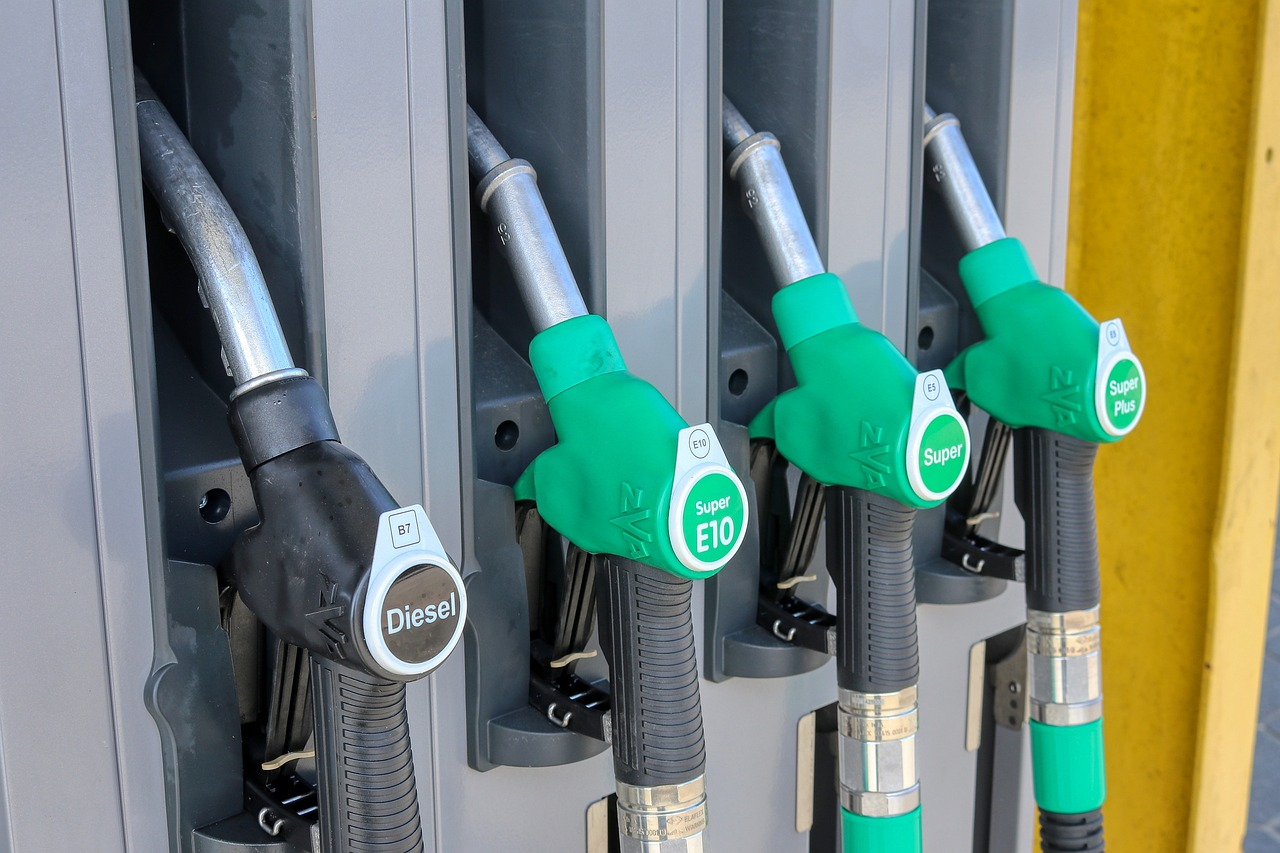Sudden spike: an unwelcome surprise for drivers
Luka Goubeia, a local driver, expressed her dismay at the rising costs. "It feels kinda crazy, the amount of gas we take to get up to the lake wasn't always so high, and I was like 'oh my god, that's half my paycheck,'" said Goubeia. This sentiment resonates with many drivers who have seen their fuel expenses skyrocket in recent weeks.
Root causes: a storm and its ripple effects
According to industry analyst and former Liberal MP Dan McTeague from Canadians for Affordable Energy, the recent price surge can be traced back to a storm in Chicago that temporarily shut down the Joliet Refinery. "We're attached at the hip here in Alberta, Saskatchewan, Manitoba, and even interior BC to what happens in the Midwest. It's a spot market for gasoline, and based on that, we've seen futures go up thirty cents a gallon," McTeague explained.
This storm-induced shutdown caused a ripple effect throughout the region, highlighting the interconnected nature of the North American energy market. The Joliet Refinery, a critical facility in the supply chain, plays a significant role in determining gas prices in western Canada.
Temporary relief in some areas
While the overall trend shows increasing prices, some areas, like Rosthern, still have relatively lower prices around $1.53 per litre. However, McTeague cautions that these prices are likely temporary and primarily due to varying inventory levels. "They haven't gone through the inventory that they filled up with a month ago," he said. Smaller stations, which sell fewer litres per day, are currently benefiting from these older inventories.
In contrast, larger gas stations in more populated regions like Regina and Saskatoon, which tend to sell around 25,000 litres a day, have already adjusted their prices to reflect the increased costs.
Economic perspectives: a robust sector with consumer burdens
The recent price hikes, while burdensome for consumers, also indicate a robust oil and gas sector. Joel Bruneau, a University of Saskatchewan economics professor, noted the economic implications of these price changes. "Steady as she goes, even if we're at higher prices than we like, that's much better than prices jumping up. Inflation is steady; inflation moving up and down is not so good," said Bruneau. This perspective suggests that while consumers may face higher costs in the short term, stability in pricing is beneficial for the broader economy.
Future outlook: potential decrease in prices
As the Joliet Refinery resumes its operations, there is a glimmer of hope for motorists. McTeague expects gas prices to decrease to the $1.50 range in the coming weeks. This potential decrease will provide some relief to drivers who have been grappling with the financial strain caused by the recent surge.
Conclusion: navigating the impacts of gas price fluctuations
The recent increase in gas prices in western Canada serves as a stark reminder of the volatile nature of the energy market. While the shutdown of the Joliet Refinery was a significant factor, the broader implications for consumers and the economy cannot be overlooked. As operations normalize and prices potentially decrease, drivers and policymakers alike must remain vigilant in monitoring and responding to these fluctuations. Understanding the interconnectedness of regional markets and the factors influencing prices will be crucial in navigating future challenges in the energy sector.


 Starting this week, the Canada Border Services Agency (CBSA) has begun sharing selected vehicle export information with trusted partners. This
Starting this week, the Canada Border Services Agency (CBSA) has begun sharing selected vehicle export information with trusted partners. This Visual content is essential for capturing audience attention and conveying your brand message effectively.
Visual content is essential for capturing audience attention and conveying your brand message effectively.
 n the arena of digital advertising and sales, a powerful email series can be the key to nurturing leads, final
n the arena of digital advertising and sales, a powerful email series can be the key to nurturing leads, final

